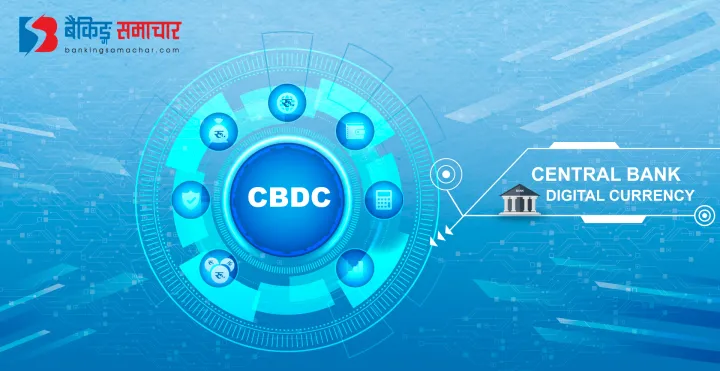Nepal Rastra Bank (NRB) has announced plans to launch its own digital currency by 2026. This initiative aligns with global trends where central banks are developing Central Bank Digital Currencies (CBDCs) as a digital form of their national currencies.
What is CBDC?
CBDC, or Central Bank Digital Currency, is a digital version of a country’s official currency issued and regulated by the central bank. Unlike cryptocurrencies, which are decentralized and controlled by their creators or users, CBDCs are centrally controlled by the issuing bank, ensuring they align with existing financial policies and structures.
Key Points:
- CBDC Development: NRB has already prepared a CBDC model and is actively working towards its implementation.
- Purpose: The introduction of CBDC is expected to enhance the payment ecosystem by providing a new, secure final settlement asset.
- Global Context: The concept of CBDC gained traction in 2016 when the Deputy Governor of the Bank of England, Ben Broadbent, discussed it, although the idea dates back to the 1990s with the Central Bank of Finland’s e-money card.
- Comparison to Cryptocurrency: Unlike cryptocurrencies, which are decentralized, CBDCs are fully controlled and regulated by the central bank.
While the Reserve Bank of India has named its CBDC as ‘E-Rupee,’ NRB has yet to decide on a name for Nepal’s digital currency. The central bank envisions that the introduction of CBDC will provide banks with new payment instruments and enhance the overall financial system without disrupting existing policy frameworks.



 About Us
About Us
Comment